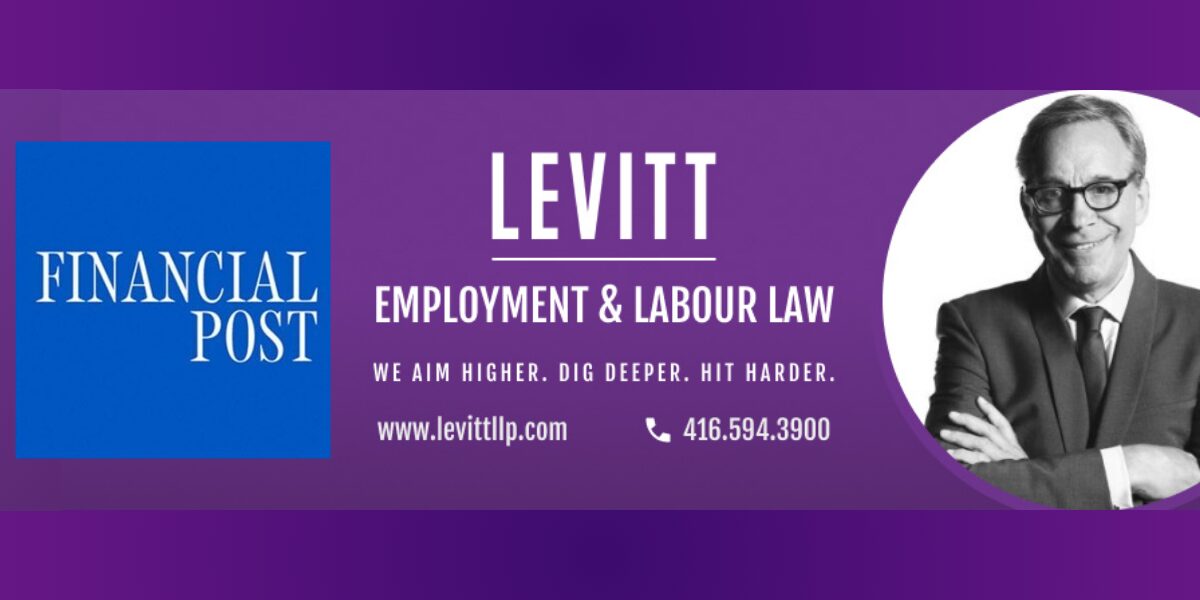By Howard Levitt
Online profiles can gives employers ammunition if relationship goes sour
Social media can be a cesspool of calamity for employees, particularly terminated ones.
Because of its informality, people too commonly view social media postings as casual, private and fun. They can be anything but.
Most readers have by now heard of the misfortune which befell Jordan Peterson because of his ironic and, to my mind, humorous, social media posts, which his political detractors leaped on to create trouble for him with his regulator.
I represented Peterson as he appealed his regulator’s discipline all the way to the Supreme Court of Canada, but the punishment was ultimately upheld.
Millions of workers, like Peterson, are governed by a regulated trade or profession, and face the same risk: that their social media postings can be weaponized against them if conservative regulators deem the posts to be so irreverent as to put, in their minds, their trade or profession into disrepute.
But trouble can arise in more pedestrian ways.
One should post everything on the basis that your employer will, one way or the other, learn of it.
Disparaging your employer will likely lead to dismissal potentially even for cause without severance. An even more surefire cause for discharge is chattering about confidential information.
What if there are inconsistencies between what you told your employer about your history and what it finds on your LinkedIn profile?
If, as result of what you display as your career history, the employer finds that you lied when it hired you and can show that, but for that lie, it would not have hired you, then that too is cause for discharge, whenever the lie is discovered.
The dishonesty may be as simple as different dates of employment to conceal unemployment and an earlier firing from another job which the employer was unaware of. Or if your employer finds out that you have an active real estate license or are performing other work while employed, that could be inconsistent with your employment and also be cause for discharge.
The fact that you are communicating with a former coworker who is suing your employer, although not cause for discharge, may not stand you in good stead when it comes to, say, raises or promotions.
Terminated employees often, on LinkedIn, create fictitious details to conceal the fact that they were terminated and are unemployed. The employee may state on LinkedIn that they started their own business or are performing some other form of work, when they are not. If that employee is suing for wrongful dismissal and the employer, as it invariably will, sees that on LinkedIn, it will seize on that and argue that the employee had mitigated their damages.
The employee might then have a difficult time disproving that and settling their case. And even if the employee gets over that self created hurdle, it will have a new hurdle with the judge questioning their honesty in general.
LinkedIn and other job sites can be excellent mechanisms to search for new work and thereby get over the mitigation hurdle in a wrongful dismissal case.
But their hidden mischiefs can be calamitous.

